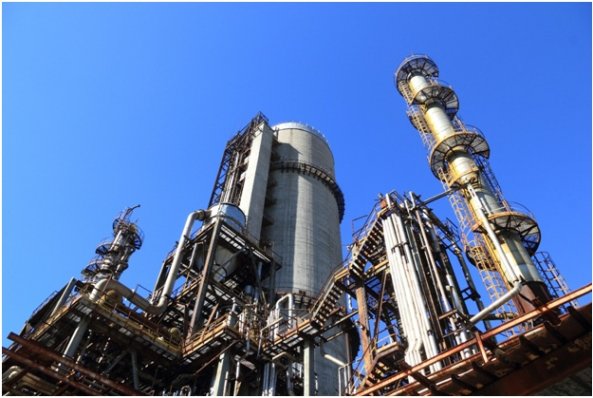Water quality is something that has been near and dear to my heart in the past several years. I grew up in an area that was plagued with a lot of fracking. This ended up causing a lot of issues with our water quality – not to mention decades of steel plants prior to that already causing some issues with the rivers.
Treatments are used to improve the quality of not just our drinking water, but all that we use in our homes and even our businesses. You can get some idea of what they are by looking at this website, https://www.sciencedirect.com/topics/agricultural-and-biological-sciences/water-treatment, but I will go over it as well in as much depth as I can!

Water Quality: What is it?
This is where I will begin, since it is probably the most important part of this – we would not need to treat water if there were not things contaminating it, after all. Just keep in mind that not all of these things are a result of industrialization (though many of them are).
Several factors go into measuring quality of water. This includes levels of bacteria within, the amount of salt (which is also known as salinity), how much oxygen is dissolved in it, and how many particles are in it – that is known as turgidity.
As you can see, those are several measures, and even then, there are still more. Most of them require some fine-tuned calculations to determine what is in the range of “purified” water versus “dirty.” This is where industrial water treatments come in, as they can lower the levels of turgidity when necessary (amongst other things).
Now, some bodies of water have other things that need to be detected. This could include the levels of pesticides or herbicides for one thing – that is especially true in agricultural regions here in the United States and across the world. However, there are other possible contaminants such as algae or heavy metals, so that is where things get a bit more complicated.
If you are wondering why water quality matters beyond our homes, a big part of it is maintaining a healthy ecosystem. In particular, marine life requires a delicate balance of salinity and turgidity, so introducing foreign material can be catastrophic in some cases.
So, if protecting ecosystems is something that you are interested in at all, even just to ensure that some of the fish that we eat can still populate, this is something to pay attention to. I had no idea the impact that it can have on bodies of water until I started to look into it, and it is truly harrowing stuff to learn.
What is Water Treatment, then?
Most of the time, this starts with disinfection. That has a lot to do with where the water is coming from, of course, but especially the stuff that comes from our sewage systems really needs to undergo disinfection. Otherwise, it could very easily get people sick – and that is obviously not desirable.
There are even government resources on this topic, such as this one, if you are still not convinced of how critical it is. In terms of how disinfecting works, the most common method is by using chlorine. That is also why it is used in swimming pools –it kills off any of the bacteria or other contaminants that happen naturally through use by the public.
Water from wells is a bit complicated since it could come from a few different sources. In general, the intensity of the treatment depends on where it comes from. For example, mountain springs usually require very little to make them safe to drink or use, but some groundwater is far too rich in metals to be safe for drinking right off the bat.
When there are a lot of metals in water it is known as “hard.” Softening agents are used to reduce this and are popular in areas that used to be mining towns. Pennsylvanians, Ohioans, and West Virginians are probably familiar with the term especially, though it is used throughout the country of course.
The steps of treatment are simple. Usually, there is some sort of precursor, which involves removing any large objects with some sort of filter or even manually in some cases. After that comes the softening, which I explained above.
Next, there is more filtering, typically via sand beds. This is to remove any remaining fine particles since that could lead to high levels of turgidity when it is not desirable. Finally, there is the disinfection and storage of the water before it is sent off for use.
So, as you can see, it is not overly difficult on the surface. However, it does require specialized equipment, which is why most people turn to industrial plants to do it.

